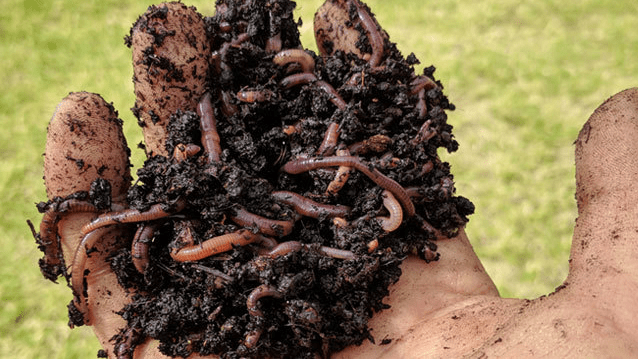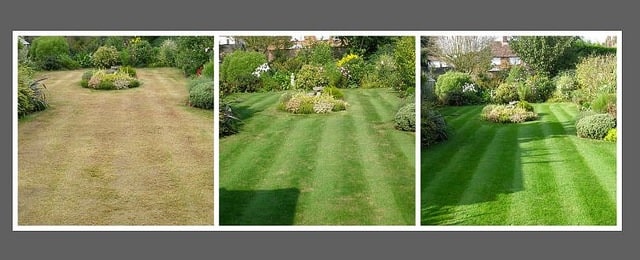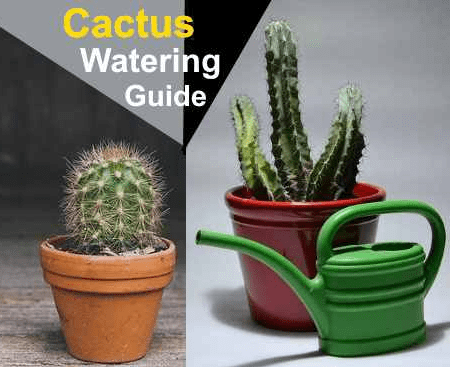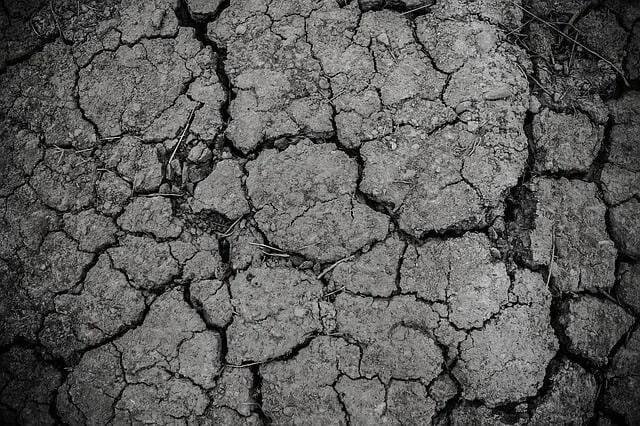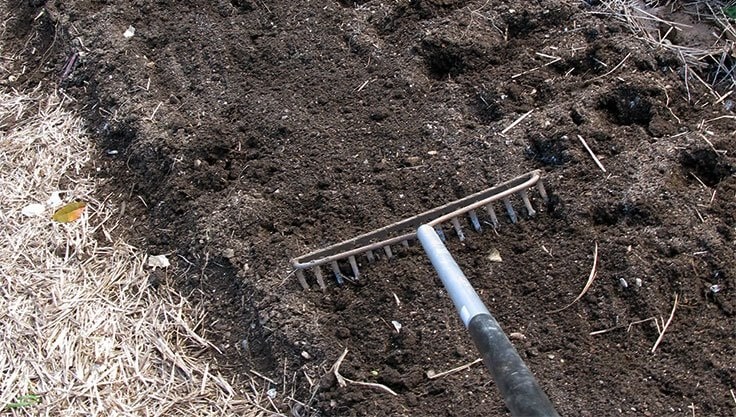Filamentous algae live in almost every pond, which is quite natural. However, if they get out of hand, they can severely disturb the biological balance in the garden pond. But what to do?
Contents
- 1 To the point
- 2 Methods for control
- 3 With mud vacuum cleaner
- 4 By means of a skimmer
- 5 By substrates containing humic acid
- 6 Partial water exchange
- 7 Phosphate can only be removed by special phosphate binders (mineral binders)
- 8 With pond bacteria
- 9 Use aquatic plants
- 10 Remove unsuitable pond stones
- 11 Use natural algae eaters
- 12 Use algaecides
- 13 Frequently asked questions
- 14 Are these algae harmful to the garden pond?
- 15 Are fish suitable for control?
- 16 Can thread algae be prevented completely?
- 17 Author
To the point
- to combat them effectively, eliminate the causes of the imbalance in the pond
- approach the causes by checking the water values and the water quality
- pH-value important indicator for water quality in the garden pond
- Methods of combating are lowering the pH value, fishing, nutrient removal and use of natural algae eaters
Methods for control
Here we present 13 promising methods for removing filamentous algae in ponds:
- Mechanical-technical methods
- With landing net
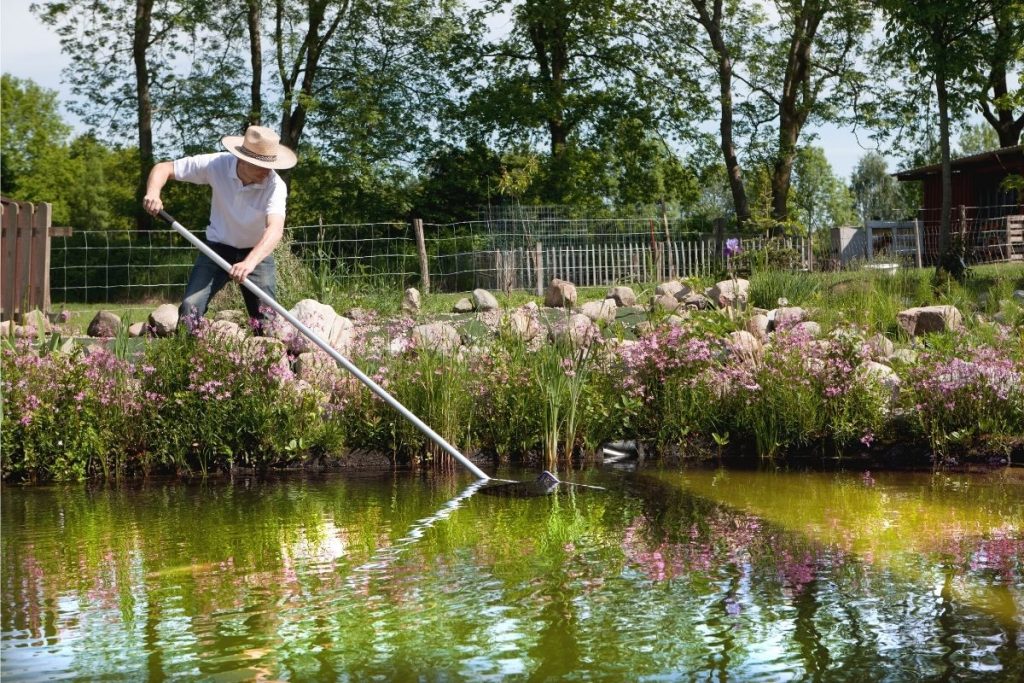
- first measure is fishing
- with landing net, thicker stick or special brushes
- Dip the stick and remove algae by rotating the stick
- landing net should be fine-meshed, with not too deep net
- use brushes in difficult places
- coarse rake is not suitable
- could damage pond liner
- dispose of fished out algae on compost
With mud vacuum cleaner
- Removal of filamentous algae floating freely in the pond, as well as of bottom sludge adhering to stones and bottom
- bottom sludge is also sucked off and aerated
- Caution for fish, snails and other pond inhabitants
- store removed sludge near the pond for one to two days
- micro-organisms that have been sucked out will find their way back into the pond.
Tip: The purchase of a mud vacuum cleaner is worthwhile from a pond size of 20 square meters.
By means of a skimmer
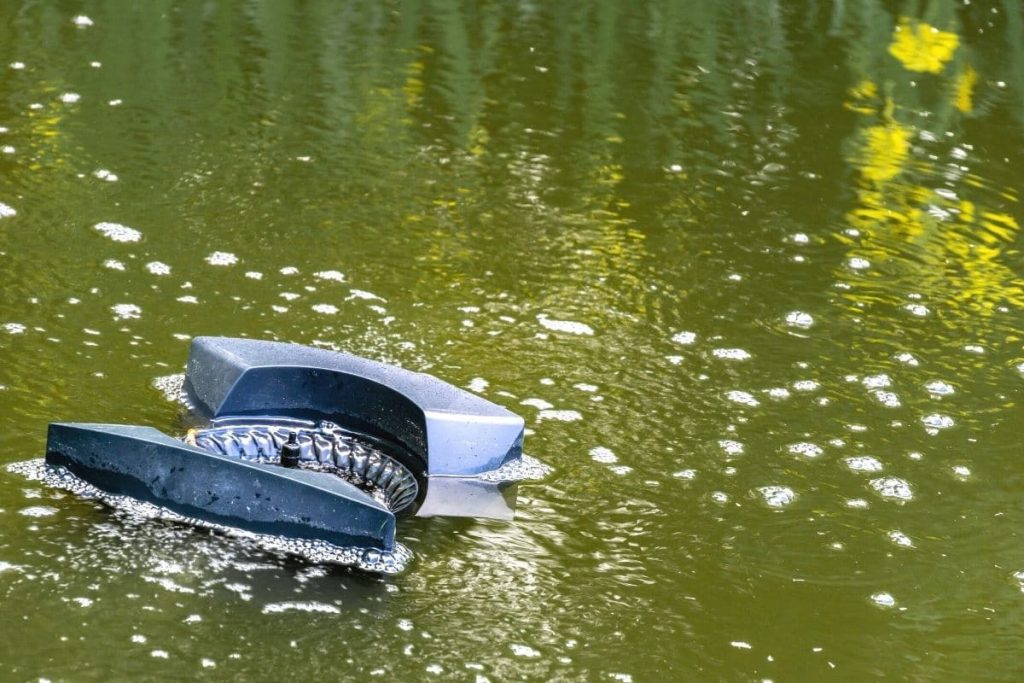
- So-called floating or standing skimmers
- free pond water surface from filamentous algae and impurities
- suck in material before it can sink to the bottom
- Floating skimmers have floating bodies
- they adapt to the water level
- fixed skimmers are fixed to the pond bottom
- Adapt to water level via floating hoods
- Adjust pH value
By substrates containing humic acid
The pH value plays a decisive role in water quality. Ideally, it should be between 7 and 7.5. If it is too high, this promotes the growth of filamentous algae.
- Substrates containing humic acid promise help
- untreated peat, bark mulch, oak bark or oak leaves
- Fill substrate into close-meshed net or jute bag
- attach a string to take it out
- hang in the garden pond
- humic acid contained in the substrate can get into the water
- net should float freely
- renew substrate once a month
- then hang back into the pond
- Check pH-value regularly
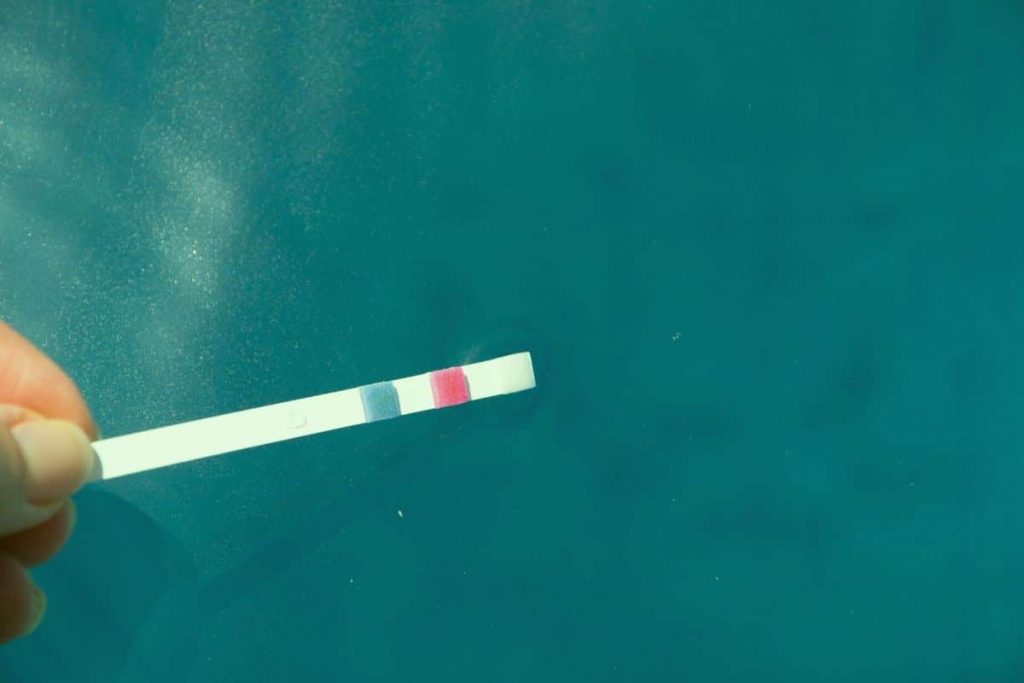
Partial water exchange
To adjust the pH value, it is also possible to exchange about 10-20 percent of the water volume over a period of two days. Counteract this by adding environmentally compatible pH-minus preparations. Rainwater must be filtered beforehand to prevent additional input of nutrients and dirt particles. Both methods are very effective.
- Consistent nutrient removal
- Through phosphate binders
Phosphate can only be removed by special phosphate binders (mineral binders)
- Algae infestation should not yet be out of control
- binders can reduce phosphate content in water
- binds phosphate
- is then no longer available to algae
- filamentous algae starve
- targeted use requires exact knowledge of pond volume
With pond bacteria
- bacteria can starve thread algae
- bind nutrients, dissolve pond sludge and improve oxygen supply
- convert nitrate and phosphate
- are available as bacteria mixtures
- prepare mixture according to manufacturer’s instructions, add to filter
- biological decomposition of organic material in the water is activated
- the result is a reduction of algae
- also applicable in ponds with fish stocking
Tip: Microorganisms that occur naturally in the pond but can be destroyed by improper use of UV-C lamps are also considered secret helpers.
Use aquatic plants
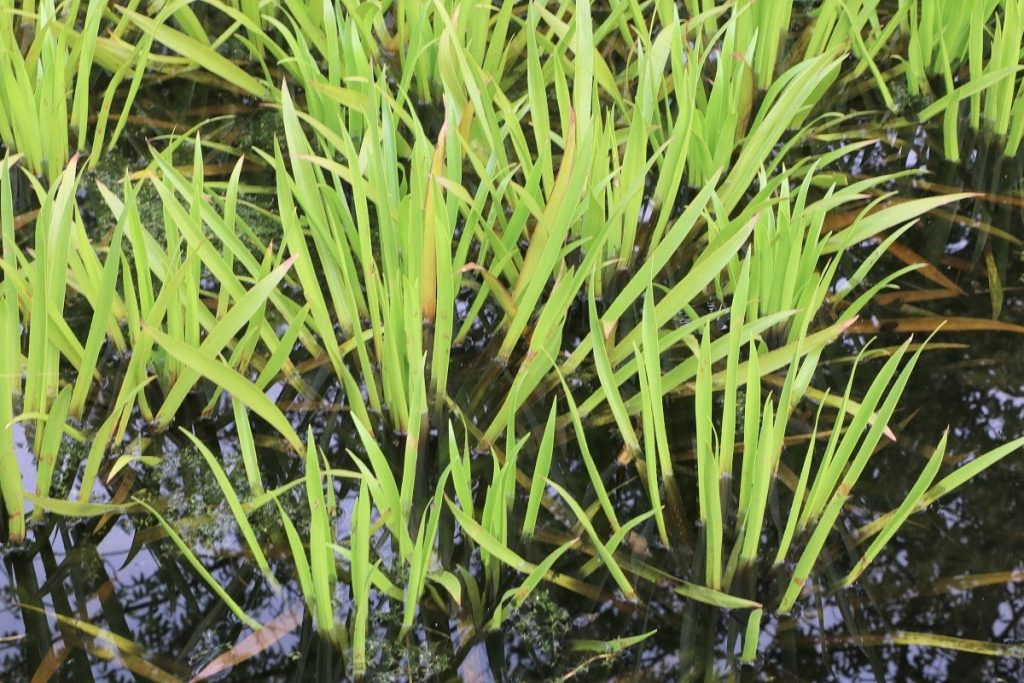
- Aquatic plants provide shade and oxygen
- consume phosphate and nitrate
- can absorb excess nutrients and pollutants
- remove excess plants from the pond
- use nutrient-consuming, fast-growing and prolific species
- regular thinning of plants is important
- consume so many nutrients
- Algae are deprived of their basis
- Use only special aquatic plant soil
Tip: About one third of the pond surface should be covered with aquatic plants such as hornwort (Cerastium), water feather (Hottonia palustris), waterweed (Elodea), crayfish claw (Stratiotes aloides), duckweed (Lemna) and/or milfoil (Myriophyllum).
e.g. water lilies (Nymphaea), lotus leaves (Nelumbo), sea pots (Nymphoides) or frogbit (Hydrocharis morsus-ranae) also germ-reducing UV-filter systems can reduce algae
Remove unsuitable pond stones
- Algae use unsuitable pond stones as a source of nutrients
- for example stones from quarries
- contain undissolved minerals and phosphates
- are taken up by deep-rooting filamentous algae
- exactly what they need for a lush algae bloom
- minerals dissolve out over several years
- depending on the type and size of the stones
- ideally use stones from rivers
Use natural algae eaters
The swamp cover snail is considered a good algae eater and pond water filter. Plants in the pond are taboo as long as their preferred food does not run out. The water should be deeper than 80 cm so that the snails can overwinter there. Another, somewhat larger algae eater is the pointed mud snail, which can live up to four years. It lays its spawning cords on water plants, from which up to 200 offspring develop.
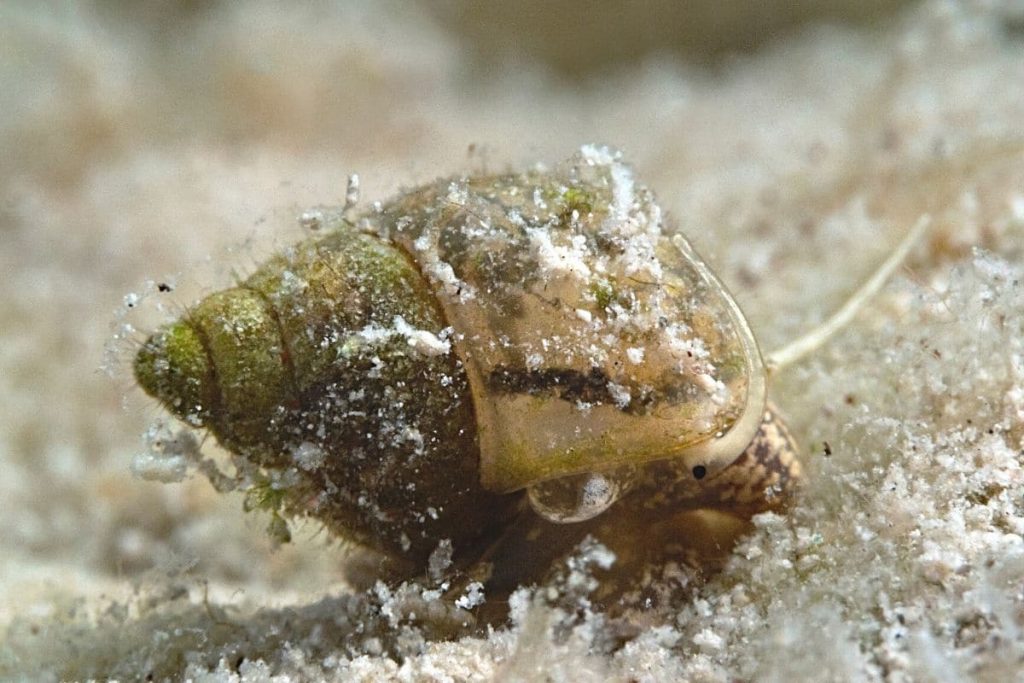
Tip: The pond water for the swamp cover snail should not be too soft, otherwise it will lack the lime it needs for its shell.
Use algaecides
- chemical preparations in liquid and powder form
- contain algae killing ingredients
- use only in case of acute algae bloom not permanently
- no permanent effectiveness
- fight symptoms not the causes
- destroy structure of algae and unicellular organisms
- plants can react sensitively
- consult a specialist if necessary
Frequently asked questions
Are these algae harmful to the garden pond?
They are not harmful, but a necessary part of an intact garden pond. Only if they spread unhindered, it is an indication that the balance in the garden pond is out of control and something must be done.
Are fish suitable for control?
Fish are hardly suitable for combating filamentous algae. With their excretions they even provide a nutrient input and thus contribute to the algae formation. Nevertheless, there are species that eat algae, such as the rudd and grass carp. When feeding fish, you should pay attention to quality, because even low-quality food can promote algae formation.
Can thread algae be prevented completely?
No, but they should not get out of hand. Therefore, you have to do something to support and maintain the biological balance in the garden pond. This includes the algae, because they are not the cause of the problem, but only a symptom.




